Scientific name Mycteria | Family Ciconiidae Higher classification Stork | |
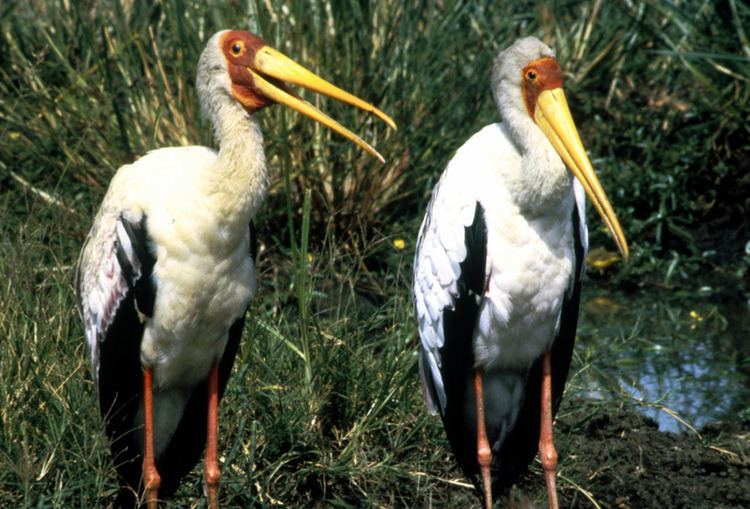 | ||
Lower classifications Similar Wood stork, Milky stork, Painted stork | ||
Mycteria is a genus of large tropical storks with representatives in the Americas, east Africa and southern and southeastern Asia. Two species have "ibis" in their scientific or old common names, but they are not related to these birds and simply look more similar to an ibis than do other storks.
Contents
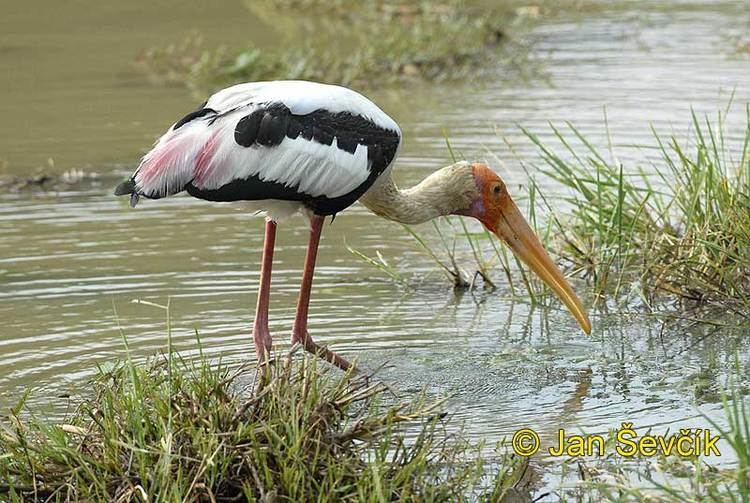
The Mycteria storks are large birds, typically around 90–100 cm in length with a 150 cm wingspan. The body plumage is mainly white in all the species, with black in the flight feathers of the wings. The Old World species have a bright yellow bill, red or yellow bare facial skin and red legs, but these parts are much duller in the Wood stork of tropical America. Juvenile birds are a duller version of the adult, generally browner, and with a paler bill.
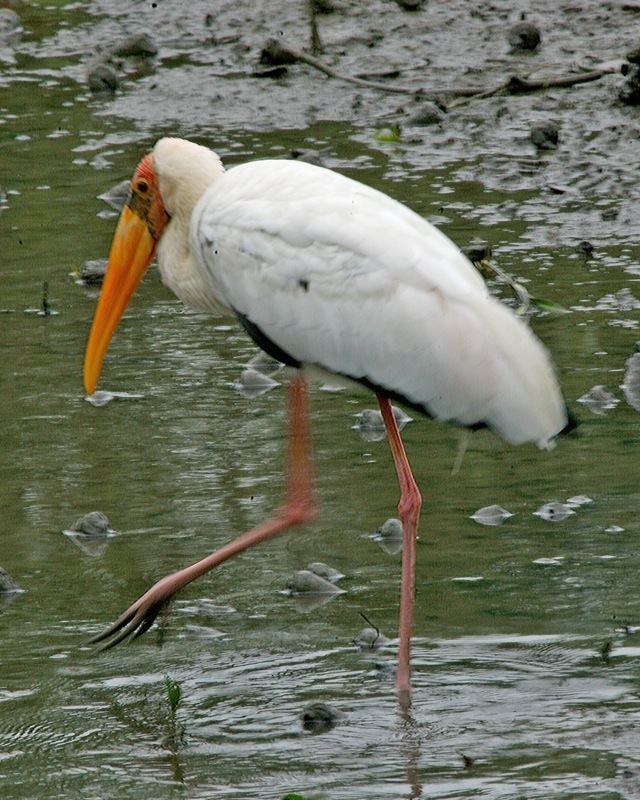
They are broad-winged soaring birds that fly with the neck outstretched and legs extended. They are resident breeders in lowland wetlands with trees in which build large stick nests.

These storks walk slowly and steadily in shallow open wetlands seeking their prey, which, like that of most of their relatives, consists of fish, frogs and large insects.
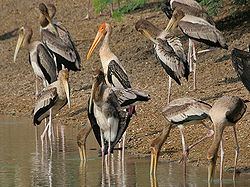
Jabiru double jabiru mycteria tuiui jaburu wild birds birds of wetlands pantanal
Species
Two prehistoric relatives of the wood stork have been described from fossils:
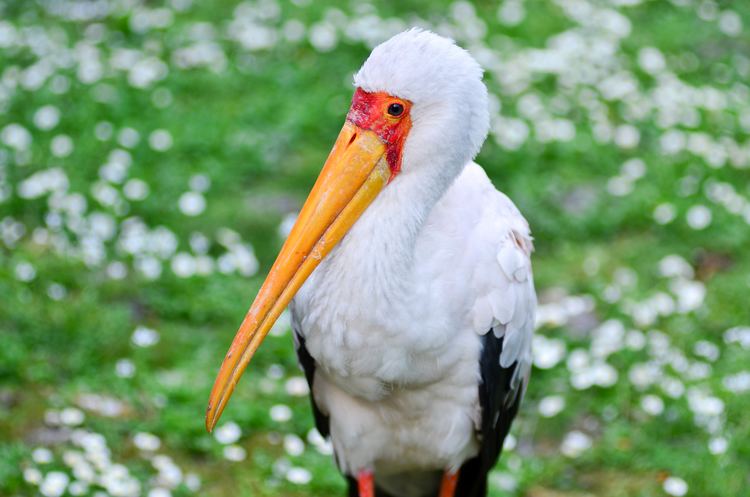
The latter seems to have been a larger sister species of the wood stork, which it replaced in prehistoric North America.
Late Miocene tarsometatarsus fragments (Ituzaingó Formation at Paraná, Argentina) are somewhat similar to Mycteria but still distinct enough to be probably a distinct genus, especially considering their age. A Late Pleistocene distal radius from San Josecito Cavern (Mexico) may belong in this genus or in Ciconia. A "ciconiiform" fossil fragment from the Touro Passo Formation found at Arroio Touro Passo (Rio Grande do Sul, Brazil) might be of the living species M. americana; it is at most of Late Pleistocene age, a few ten thousands of years.
